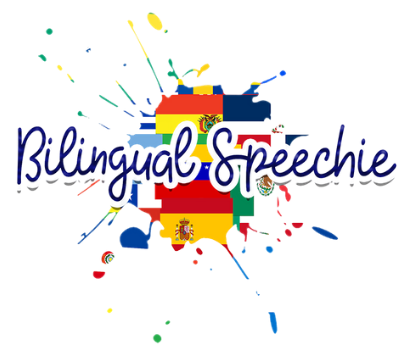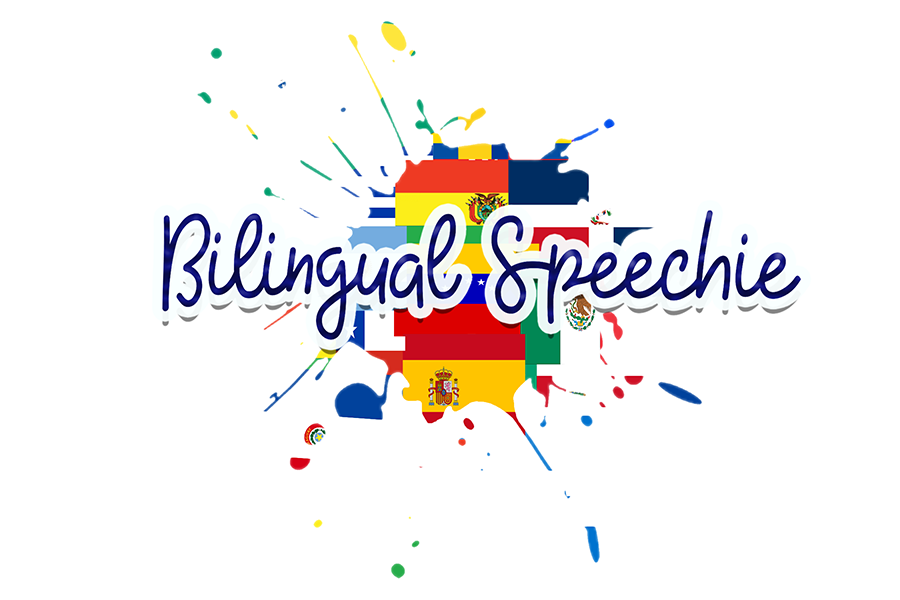A continuación encontrará varios artículos de investigación sobre el tema del bilingüismo en relación con la terapia del habla, el desarrollo del lenguaje bilingüe, la evaluación bilingüe, etc. Estos son artículos de investigación útiles a los que a menudo me refiero durante mi práctica clínica y / o durante las conferencias que proporciono. He resumido brevemente cada artículo para su visualización. Tenga en cuenta que esta no es mi investigación, ni soy propietario de los derechos de estos artículos de investigación. Por lo tanto, no puedo proporcionarle la descarga del PDF; Sin embargo, puedo proporcionarle los enlaces directos para que pueda acceder a estos artículos por su cuenta. Puede encontrar títulos, autores y enlaces a continuación.
The researchers in this article investigate issues relevant to the provision of AAC services to bilingual children. Topics that are covered include bilingualism in children with typical and atypical development, a sociocultural approach to bilingualism and AAC, assessment considerations for bilingual children, intervention considerations, and goal setting. Overall, the researchers in this article heavily support the need for using assessment and intervention strategies that meet the unique needs of bilingual children and families. The researchers also provided direct citations from other research articles that support the use of two languages amongst the realm of AAC.
Access this research article here: Considerations for Provision of Services to Bilingual Children Who Use Augmentative and Alternative Communication
Several challenges arise when working with bilingual AAC users such as choosing the appropriate device for the student that will allow for access to different language pages, or clinician and staff availability that speak the home language, or choosing a language during AAC intervention. These challenges are discussed in this article and it also outlines some frequently asked questions by professionals and families in regards to bilingual AAC users. Conclusions from the article indicated that AAC users and families should have access to their home language and/or both languages during interactions.
Access this research article here: Building Augmentative Communication Skills in Homes Where English & Spanish are Spoken
This research article discusses the myths associated with bilingualism.
Some of the points indicated include:
Bilingualism does not cause communication disorder, and prescribing monolingualism will not cure it.Children with communication disorders are capable of learning two languages.L1 and L2 proficiency (or skill level) will depend upon the exposure to and support for each of these languages.Bilingual children with communication disorders need two languages to be successful communicators in their environments and communities.
Access this research article here: Bilingual Myth-Busters Series Language Confusion in Bilingual Children
The Clinical Evaluation of Language Fundamentals- Fourth Edition, Spanish (CELF-4S) is a language assessment that is often given to bilingual or predominately Spanish speaking students ages 5-21 suspected of having a language impairment. The CELF-4S provides clinicians insight to a student’s expressive and receptive language abilities. Although this assessment can provide clinicians useful insight to varies areas of language difficulty the student is having, there are some problems associated with this specific assessment. One of the main concerns that arises when providing this assessment is that it is normed on predominately Spanish speaking students. So what is wrong with this? Well, often SLPs administer this assessment to bilingual children. When assessing bilingual children, we must take into consideration that bilingualism is on a continuum therefore, assessments for bilingual students should be normed on the bilingual children. When administering the CELF-4S, it is important to understand that a bilingual student may not have native-like proficiency in Spanish due to the influence of English and in some cases, once results are obtained, the student may resemble the performance of a student with a language impairment if both languages are not taken into consideration. The current study concluded that: “the CELF-4S, when used alone, over identifies Spanish-English bilingual children as presenting with a language impairment when they come from low -income and low-parental education homes and attend English-only programs.”
Access this research article here: Performance of Low-Income Dual Language Learners Attending English-Only Schools on the Clinical Evaluation of Language Fundamentals-Fourth Edition, Spanish
This research article explores the fluency-inducing strategies used by Spanish-English bilingual adults who stutter. In the article, the researchers suggest that code-switching is a strategy that is often used by bilingual adults in order to induce fluent speech. Clinical implications indicate that clinician’s must be aware that code-switching can be a possible strategy used by PWS and these types of strategies can go undetected during the assessment process if the clinician does not ask about it. Other strategies such as focused breathing and idiosyncratic practices were mentioned as tools that bilingual PWS frequently use.
Access this research article here: Fluency Strategies of Spanish-English Bilinguals Who Stutter: A Thematic Analysis
A common question often asked by parents and clinicians is, “What language should intervention be in for bilingual children?” This is a great article that outlines different treatment strategies for bilingual children. The researchers investigated the effects of a bilingual therapy approach versus a monolingual therapy approach with two bilingual children with ASD. The researchers stated that treatment outcomes were better for the child that received a bilingual approach. In addition, the researchers indicated that providing bilingual treatment during therapy does not have negative effects on the language abilities of children with ASD. Overall, they recommended supporting BOTH languages during therapy.
Access this research article here: Language of Intervention in Bilingual Children with Autism Spectrum Disorders
 Español
es
Español
es
 English
en
English
en
 Español
es
Español
es

